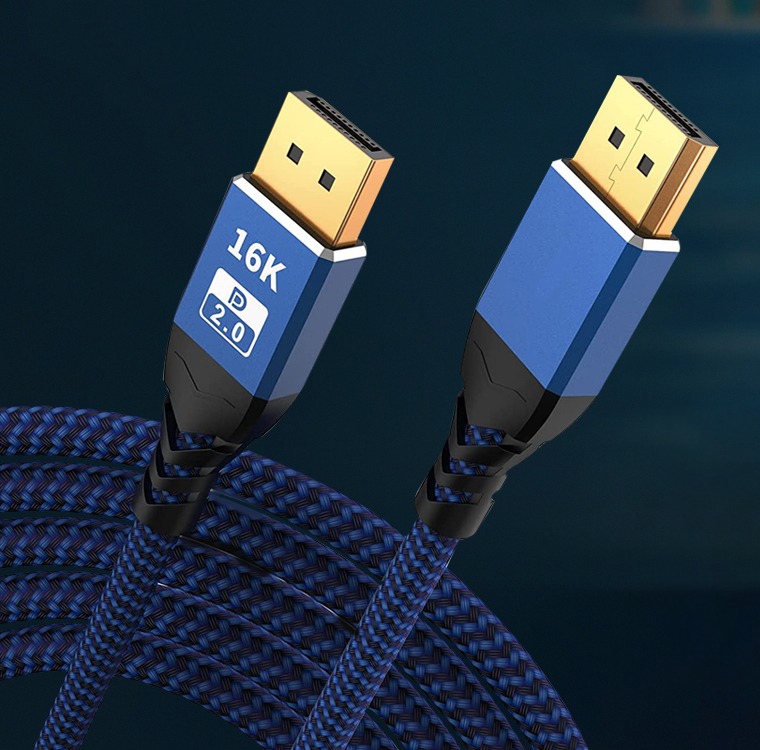HDMI (High-Definition Multimedia Interface) technology has revolutionized the way we connect audio and video devices. Among the various types of HDMI connectors, the Mini HDMI (Type C) to HDMI (Type A) cable plays a crucial role in bridging the gap between compact devices and larger displays. This paper explores the technical specifications, types, applications, and considerations for using Mini HDMI to HDMI cables, providing a comprehensive guide for users seeking to enhance their connectivity solutions.
HDMI technology has evolved through various versions, each offering improvements in performance and capabilities. The most common versions relevant to Mini HDMI to HDMI cables include HDMI 1.4, HDMI 2.0, and HDMI 2.1. These versions differ in terms of bandwidth, resolution support, and additional features. For instance, HDMI 2.1 supports up to 10K resolution and a bandwidth of 48 Gbps, making it suitable for high-end applications.
Bandwidth and resolution support are critical factors when selecting a Mini HDMI to HDMI cable. Higher bandwidth allows for the transmission of more data, which is necessary for high-resolution displays and advanced features like HDR (High Dynamic Range). Additionally, the length of the cable can affect signal integrity. Longer cables may require amplification or active components to prevent signal degradation.
Mini HDMI to HDMI cables are categorized based on their performance capabilities:
- Standard Mini HDMI to HDMI Cables: Suitable for basic applications, supporting up to 1080i resolution.
- High-Speed Mini HDMI to HDMI Cables: Designed for 1080p and beyond, including 4K at 30Hz.
- Premium High-Speed Mini HDMI to HDMI Cables: Certified for 4K at 60Hz with HDR.
- Ultra High-Speed Mini HDMI to HDMI Cables: The latest standard, supporting up to 10K resolution and higher refresh rates.
Mini HDMI to HDMI cables are commonly used in a variety of devices:
- Digital Cameras and Camcorders: Many digital cameras and camcorders feature Mini HDMI ports, allowing users to connect their devices to larger displays for viewing photos and videos.
- Laptops and Tablets: Some laptops and tablets come with Mini HDMI ports, enabling users to connect to external monitors or projectors for presentations and extended displays.
- Monitors and Projectors: Mini HDMI to HDMI cables can be used to connect devices to monitors and projectors, providing a seamless viewing experience.
When choosing Mini HDMI to HDMI cables, compatibility with different HDMI versions is paramount. It’s essential to ensure that the cables support the resolutions and features required by your devices. Durability and build quality are also crucial, especially for portable devices that may be subject to frequent plugging and unplugging. Look for cables with reinforced connectors and robust shielding to minimize interference and signal loss. Additionally, cable flexibility and ease of use can enhance the overall user experience.
While it’s tempting to opt for the cheapest Mini HDMI to HDMI cables available, it’s important to evaluate the cost-benefit ratio. In some cases, premium cables may offer better performance and longevity, justifying the higher price. However, for most applications, mid-range cables that meet the necessary specifications will suffice.
There are several myths surrounding HDMI cables, such as the belief that expensive cables always offer better quality. In reality, the difference in performance between a reasonably priced high-speed cable and a premium one is often negligible for most applications. Understanding the real impact of cable quality can help users make informed decisions.

